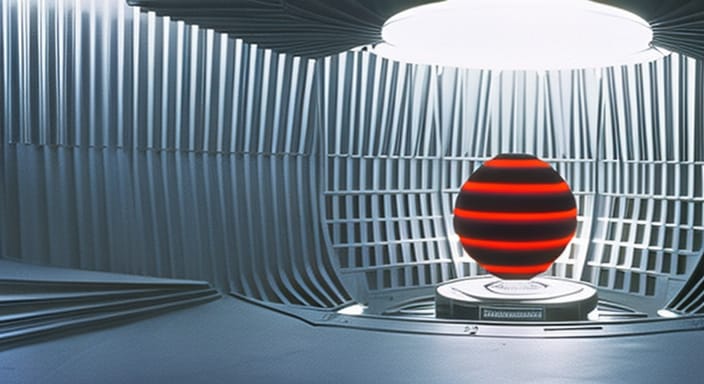In films cinema between 1950 and 1959, computers started to make their presence known on the silver screen, reflecting the growing fascination and fear surrounding these emerging technological marvels.
While computers were not as prevalent in films during this era compared to later decades, their appearances were significant and marked a pivotal point in shaping the portrayal of computers in popular culture. Here is a summary of how computers were covered in cinema during the 1950s:
“Destination Moon” (1950): Directed by Irving Pichel, this science fiction film focused on a mission to the Moon. Although the computer in this film was not a central element, it portrayed an advanced machine that was essential in calculating various trajectory parameters for the space mission.
“The Man in the White Suit” (1951): Directed by Alexander Mackendrick, this satirical comedy explored the consequences of a scientist’s invention of an indestructible fabric. Although not centered around computers, the film featured a scene where a computer is used to analyze the properties of the fabric. This representation highlighted the growing influence of scientific advancements in everyday life.
“Desk Set” (1957): Directed by Walter Lang, this romantic comedy starred Katharine Hepburn and Spencer Tracy. While not a science fiction film, it revolved around the introduction of a large, state-of-the-art computer system to a television network’s research department. The computer, known as EMERAC (Electromagnetic MEmory and Research Arithmetical Calculator), initially threatens the employees’ job security, but eventually proves its value in information retrieval.
“The Machine-Gun Kelly” (1958): This crime drama directed by Roger Corman tells the story of notorious criminal George R. Kelly. While not a science fiction film, it featured a significant scene involving the use of a computer by law enforcement to decode encrypted messages sent by the criminals. The computer in this film represented the cutting-edge technology employed by the police to combat crime.
These films from the 1950s introduced computers as remarkable devices capable of complex calculations and decryption. While some films portrayed computers as essential tools, others began to emphasize the potential risks and the idea of machines outwitting or threatening humanity.
During the 1950s, computers were still in their early stages of development, primarily used for scientific and military purposes. As a result, their presence in cinema was limited and often portrayed in a more realistic and utilitarian manner rather than speculative or dystopian.
This decade laid the groundwork for the evolving representation of computers in cinema, setting the stage for more intricate and thought-provoking portrayals in the following decades.


